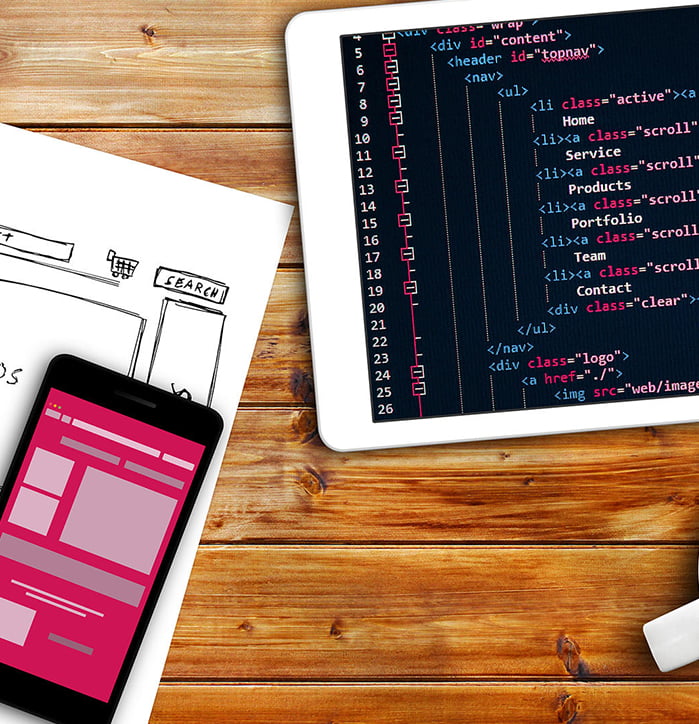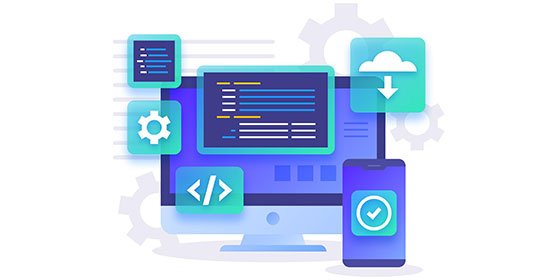Our Website Design Process
Website design is the process of creating a visually appealing and functional website that meets the needs and objectives of the website owner and its target audience. A well-designed website can attract and retain users, improve user experience, and increase engagement and conversions. The website design process typically involves several stages, each with its own set of activities, deliverables, and milestones.
Discovery Phase:
The first phase of the website design process is the discovery phase. In this phase, the website design team meets with the client to understand their business objectives, target audience, and other relevant factors that will influence the website design. The team also conducts research on the industry, competitors, and target audience to gain insights that will inform the website design.
Design Phase:
The second phase of the website design process is the design phase. In this phase, the website design team creates the visual design of the website, including the layout, color scheme, typography, and imagery. The team may also create wireframes, which are simple sketches of the website layout and functionality, to help the client visualize the design. Once the design is approved, the team will create the high-fidelity mockups or prototypes, which are more detailed representations of the design.
Development Phase:
The third phase of the website design process is the development phase. In this phase, the website design team converts the design into a functional website using programming languages such as HTML, CSS, and JavaScript. The team may also integrate the website with a content management system (CMS) and other third-party applications, such as e-commerce or payment systems. During development, the website design team will conduct testing and debugging to ensure the website is free of errors and functions properly.
Content Creation Phase:
The fourth phase of the website design process is the content creation phase. In this phase, the website design team creates or curates content for the website, such as text, images, videos, and other media. The content should be optimized for search engines and aligned with the website’s branding and messaging.
Launch Phase:
The final phase of the website design process is the launch phase. In this phase, the website design team deploys the website to the live server, ensuring that it is accessible to the public. The team may also provide training and support to the client to help them manage the website and make updates as needed.
In addition to these five phases, the website design process may also include ongoing maintenance and optimization. This involves monitoring the website’s performance, fixing bugs and errors, updating content, and making design changes as needed.
Throughout the website design process, collaboration and communication between the website design team and the client are crucial to ensure that the final product meets the client’s needs and expectations. The website design team should provide regular updates and opportunities for feedback, and the client should be open to providing constructive criticism and suggestions.
In conclusion, the website design process involves several stages, each with its own set of activities and deliverables. From discovery to launch, the website design team should focus on creating a visually appealing, functional, and user-friendly website that meets the needs and objectives of the client and its target audience. Effective communication and collaboration between the website design team and the client are key to a successful website design project.









